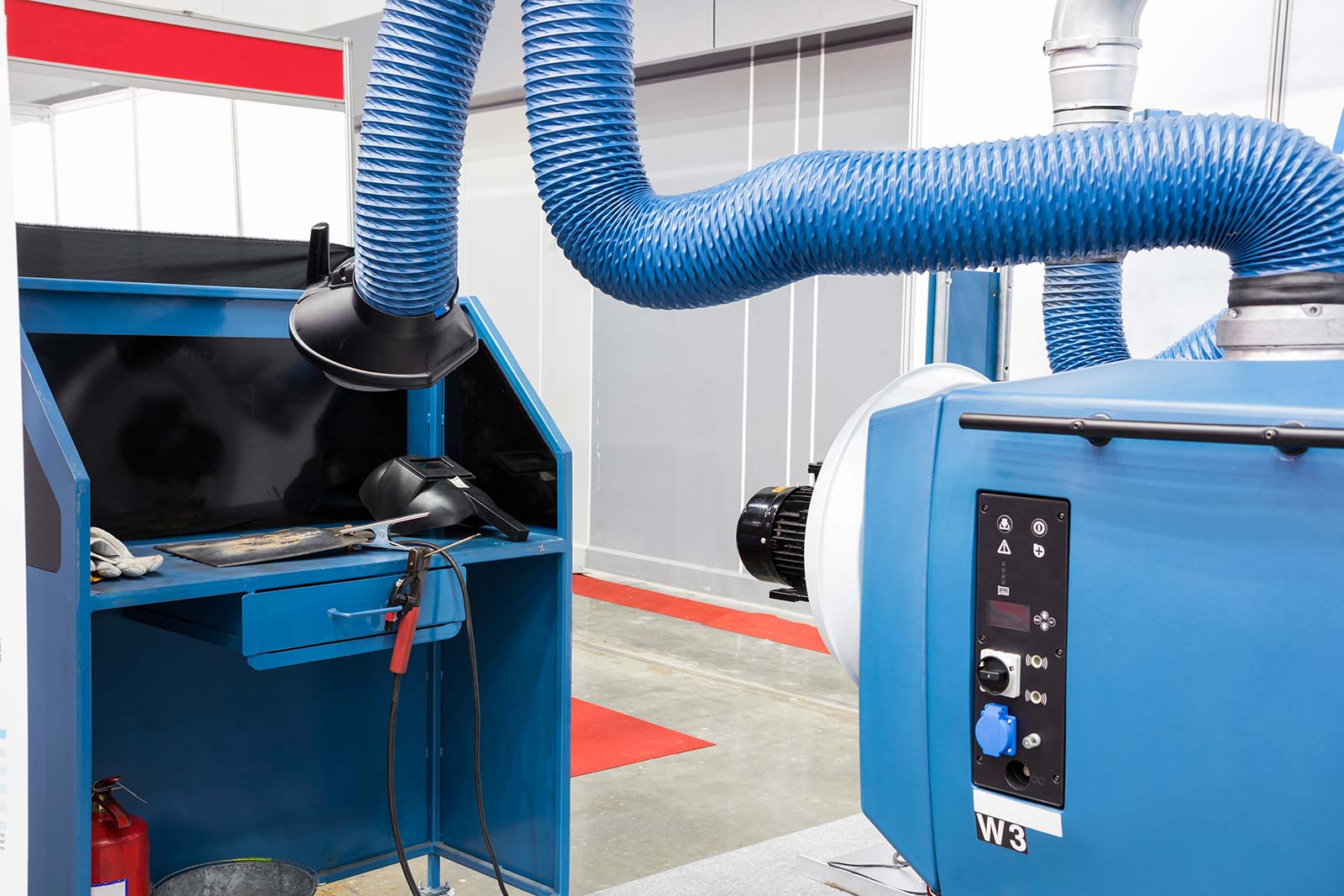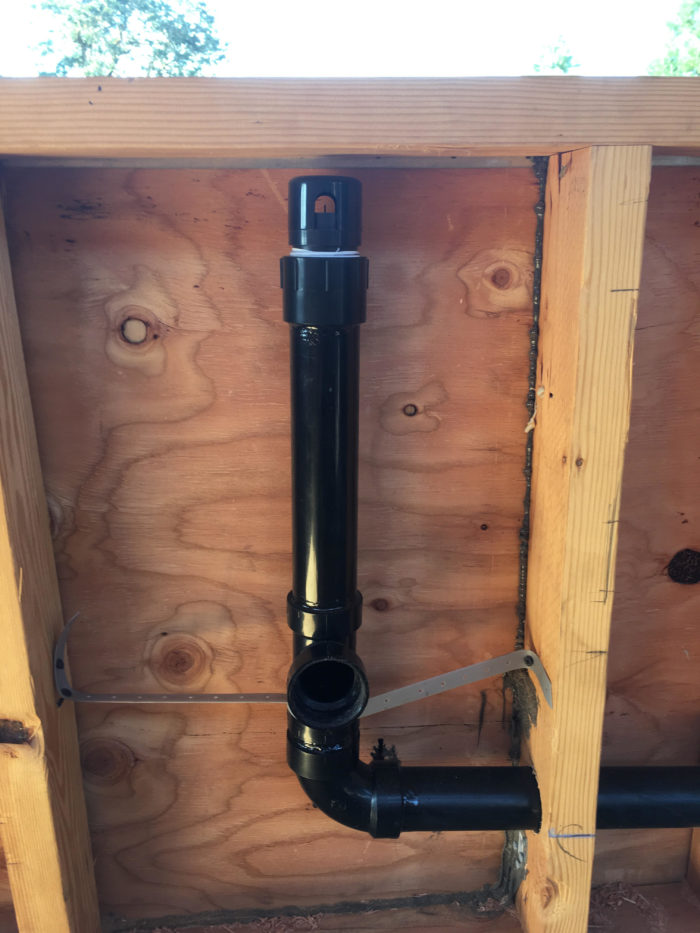The Benefits of Adequate Ventilation in Your Plumbing System
The Benefits of Adequate Ventilation in Your Plumbing System
Blog Article
Have you been trying to locate selective information about What Is A Plumbing Vent & How Do They Work??

Appropriate air flow in pipes systems is typically overlooked, yet it is vital for keeping the functionality and safety of your home's pipes. Air flow aids manage atmospheric pressure, protect against the build-up of dangerous gases, and make sure the efficient elimination of waste. In this guide, we will certainly discover the significance of appropriate pipes air flow, exactly how it works, and the benefits it offers your plumbing system.
How Air Flow Works in Pipes Systems
Atmospheric Pressure Law
Correct air flow preserves well balanced atmospheric pressure within the plumbing system. When water flows through pipes, it displaces air. Without adequate air flow, this variation can produce unfavorable pressure, resulting in slow drains pipes or siphoning of water from traps, which can create unpleasant odors to seep right into the home.
Protecting Against Sewage System Gas Build-up
Among the most vital functions of plumbing vents is to stop drain gases, such as methane and hydrogen sulfide, from accumulating within the home. These gases can pose significant health and wellness threats and are extremely flammable. Vent pipelines allow these gases to run away safely outdoors.
Aiding in Waste Removal
Air flow helps in the effective elimination of wastewater by preventing airlocks in the drain system. When air can move freely through the vents, it enables water and waste to flow smoothly with the pipelines, reducing the risk of blockages and backups.
Advantages of Correct Air Flow
Boosted System Efficiency
Effectively ventilated pipes systems run extra successfully, with fewer blockages, faster draining, and less strain on the pipes. This performance extends the lifespan of the pipes system.
Improved Air Quality
By preventing sewage system gases from entering your home, correct air flow adds to far better indoor air quality, making your living setting healthier and a lot more comfortable.
Protecting Against Water Damages
Appropriate ventilation aids avoid water from being siphoned out of traps, which can cause sewer gases getting in the home and triggering water damage gradually.
Steps to Make Sure Proper Air Flow
Consulting Pipes Codes
Always speak with neighborhood plumbing codes when creating or changing your plumbing system. These codes offer the essential guidelines for appropriate airing vent and guarantee your system meets security standards.
Routine Evaluation and Upkeep
Regular assessments can assist determine possible ventilation concerns prior to they become major problems. Maintenance jobs, such as cleaning vent pipelines and looking for obstructions, are important for maintaining the system in good working order.
Specialist Setup
For brand-new installments or major modifications, it's a good idea to employ a specialist plumbing technician. They have the knowledge to guarantee the ventilation system is correctly made and set up according to code.
Recognizing Ventilation in Pipes
Air flow in pipes describes the network of pipes that permit air to flow with the water drainage system. These vents serve numerous objectives, including regulating atmospheric pressure within the pipes, protecting against sewage system gases from going into the home, and assisting in the smooth circulation of wastewater.
Sorts Of Pipes Vents
Main Heap Vent
The major pile vent, additionally referred to as the air vent stack, is the primary air vent in a plumbing system. It extends from the major drain align with the roof, enabling gases to run away and fresh air to enter the system.
Branch Vent
Branch vents link to the main pile air vent and serve specific components, such as sinks, bathrooms, and showers. These vents ensure that each component has ample air flow to function properly.
Air Admission Valve (AAV).
An Air Admittance Shutoff (AAV) is a one-way shutoff that allows air to enter the plumbing system without the requirement for a standard air vent pipe expanding with the roofing system. AAVs are commonly used in remodellings or locations where setting up a typical air vent is impractical.
Indications of Poor Ventilation in Plumbing.
Slow Draining Fixtures.
If your sinks, tubs, or toilets are draining pipes gradually, maybe a sign of inadequate ventilation. Inadequate air circulation can produce a vacuum cleaner result, making it challenging for water to drain pipes appropriately.
Gurgling Appears.
Gurgling sounds originating from drains are commonly a result of air being sucked via water catches due to negative pressure in the pipes. This is a clear sign of inadequate air flow.
Undesirable Odors.
Sewer odors inside your home are a red flag that your plumbing system is not properly ventilated. This could imply that drain gases are not being appropriately aired vent outside, causing possibly harmful problems.
Typical Ventilation Mistakes.
Insufficient Vent Sizing.
Utilizing undersized vent pipelines can cause bad air flow and pressure imbalances in the system. It's essential to make use of vents that satisfy the particular requirements of your pipes system.
Improper Vent Placement.
Putting vents also far from the components they offer can decrease their performance. Proper positioning makes certain that air can flow easily and successfully through the system.
Disregarding Code Demands.
Building codes give particular guidelines for pipes ventilation. Disregarding these codes can lead to a system that falls short to operate properly and may result in expensive repair services or health hazards.
Final thought.
Correct ventilation is a critical component of any plumbing system, guaranteeing that it works effectively and safely. By understanding the significance of ventilation, identifying the indicators of inadequate ventilation, and taking actions to keep your system, you can avoid costly concerns and safeguard your home's air top quality.
4 Things You Should Know About Your Plumbing Vents
What Plumbing Vents Are
Also called a vent stack, a plumbing vent is a vertical pipe attached to your drain line that runs through your roof. The plumbing vent pipe, or plumbing air vent, removes gas and odors from your plumbing system and allows fresh air to enter the pipes, helping the water to flow out of the drain pipes.
What Plumbing Vents Do
Plumbing vents have two basic functions. One of which is to allow unpleasant smelling wastewater and sewer gasses to escape your plumbing system instead of entering your home. Plumbing vent pipes are typically located on roofs, away from windows, to ensure the fumes exit the home completely.
The other function of the plumbing vent is to move fresh air into your plumbing system. This helps move water through every plumbing fixture in your house, like toilets and sink drains. Think of the way in which you need to let a little air into the bottle as you pour soda in order to make the drink flow smoothly.
Different Types of Plumbing Vents
True vent: This is the most common vent option. In simplest terms, a true vent is a vertical pipe attached to your drain line that exits through the roof. They often function as the main vent that other fixtures can connect to. Re-vent pipe or auxiliary vent: Attached to the drain line near specific plumbing fixtures, re-vent pipes run up and over to connect to the main vent. Common vent: Two plumbing fixtures installed on opposite sides of a wall are typically tied into the vent stack using something known as a sanitary cross. Wet vent: This venting option operates as a drain pipe and a vent at the same time. Wet vent drainage systems drain water from one fixture while venting the air from another. Although they’ve been used for over 100 years, wet vent systems have only recently been added to the plumbing code in many areas. If you’re planning on installing one in a bathroom remodel, make sure you check your local code prior to construction. Loop vent: For free-standing fixtures like kitchen island sinks, loop vents are ideal. These vent pipes run under the floor, rise from the P-trap, and create a loop inside the cabinet sink. Air admittance valve: An AAV is a one-way mechanical valve typically installed at the site of the plumbing fixture. AAVs allow venting to occur without having to tie into a larger venting system. They’re ideal for venting fixtures where you aren’t able to easily connect to an existing vent system. Common Plumbing Vent Issues
Although vent pipes typically don’t have water flowing through them, they’re still subject to many typical plumbing issues. For example, clogs are one of the most common problems associated with sewer vent pipes. If your vent pipe gets clogged, all of your plumbing fixtures tied into the vent stack will be affected.
A sink with a slow drain that bubbles and gurgles or a strong sewage smell around your toilet are both indicators that your toilet vent pipe is clogged. Because most vent pipes exit through the roof, old leaves, twigs or even a bird’s nest could be clogging the pipe.
Clogs in your vent pipe system cause a buildup of negative pressure, meaning that water won’t be able to flow out of your home very well. It’s similar to putting your finger over the opening of a straw to trap water inside. When you remove your finger, the water is able to flow out of the straw.
If you suspect you have any blockage in your vent, make sure you have a professional come examine the situation. Left unchecked, a blocked air vent can lead to other costly repairs, like leaks and sediment buildup.
Under Pressure
Pipe vents are essential aspects of a home’s plumbing system. Owning a home means learning about all sorts of things you never put much thought into before. But by understanding as much as you can about the important systems of your home, you can keep those budgets intact and those anxiety levels low.
https://www.homeserve.com/en-us/blog/home-improvement/plumbing-vents/

We had been made aware of that write-up about What Are Plumbing Vents and Why Are They Important? through someone on another web blog. I beg you take the time to share this blog if you enjoyed it. We appreciate your readership.
Go Services Report this page